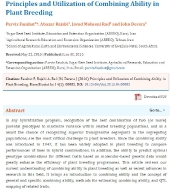

 17
17





 3
3




 3
3





“The most important decision we make is whether we believe we live in a friendly or hostile universe.”― Albert Einstein
 2
2




 ) In your case, the self-fertility is what you want to get rid of which, without some added laboratory tools, is not so easy. So I wanted to get back to you ASAP on this in case it was causing some confusion for which I offer apologies. You may be right that you will have to take the rather arduous road of crossing landrace pollen back to the wild species population and re-select for desired traits along with self-incompatibility.
) In your case, the self-fertility is what you want to get rid of which, without some added laboratory tools, is not so easy. So I wanted to get back to you ASAP on this in case it was causing some confusion for which I offer apologies. You may be right that you will have to take the rather arduous road of crossing landrace pollen back to the wild species population and re-select for desired traits along with self-incompatibility. “The most important decision we make is whether we believe we live in a friendly or hostile universe.”― Albert Einstein

 2
2





 4
4




 3
3




I put a spoon under a wild flower and vibrated it with an adult toy







 6
6






“The most important decision we make is whether we believe we live in a friendly or hostile universe.”― Albert Einstein

 9
9





 3
3




I don't like my current model as well, because it is larger, and BRIGHT PINK.

'Theoretically this level of creeping Orwellian dynamics should ramp up our awareness, but what happens instead is that each alert becomes less and less effective because we're incredibly stupid.' - Jerry Holkins

 6
6




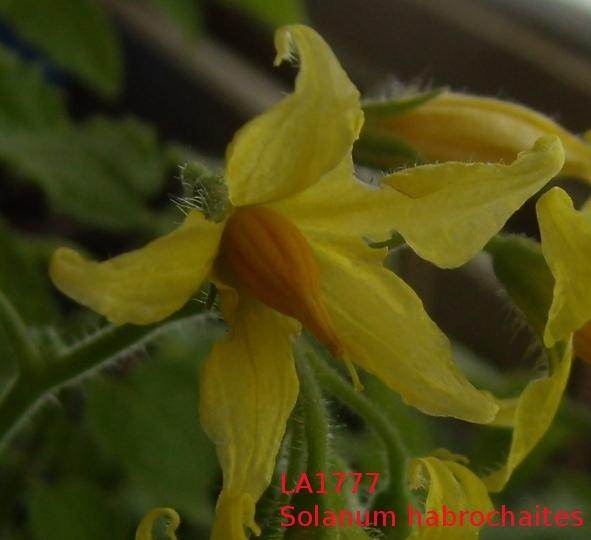
 6
6




Crossing L. peruvianum to L. esculentum (S. lycoperiscum) is rarely sucessful. Attempts frequently result in embryo or flower abortion. As more lines have been evaluated, a few have produced at least one seed. Fortunately, these hybrids are capable of backcrossing to a L. esculentum (S. lycoperiscum) parent.
Another method which has been successful at overcoming the incompatibilty between the cultivated tomato and the L. peruvianum is the use of L. chilense as a bridge species (L. peruvianum is crossed to L. chilense and that progeny is crossed to L. esculentum). Although this might seem encouraging, most of the time this methods fails, but does yield better results than a direct cross. Most crosses between the cultivated tomato and the members of the "peruvianum-complex" fail due to some sort of incompatibility.

 3
3




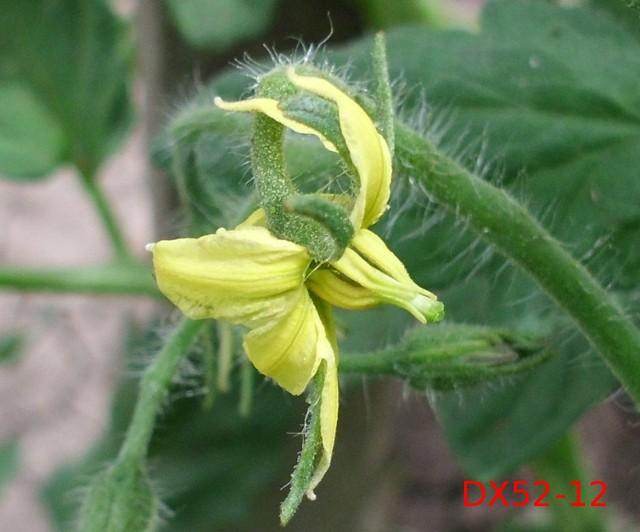
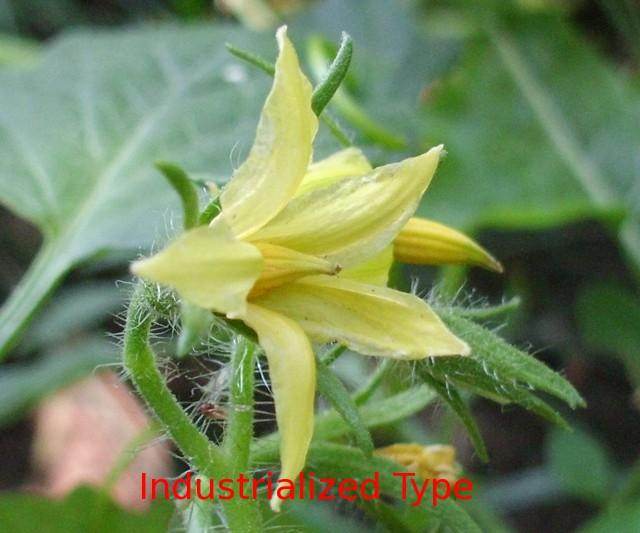

 4
4




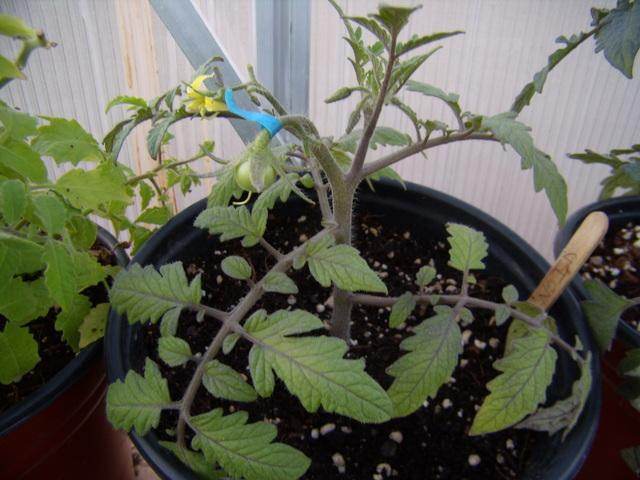
 2
2




“The most important decision we make is whether we believe we live in a friendly or hostile universe.”― Albert Einstein

 3
3




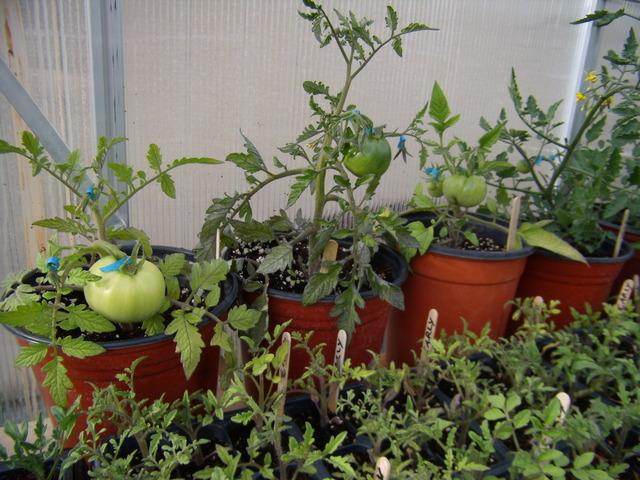

 3
3




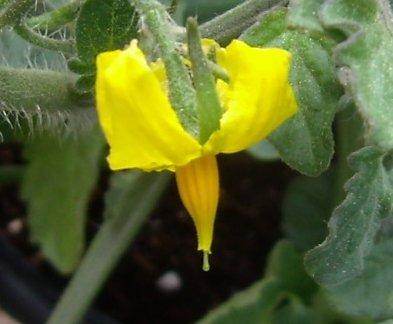

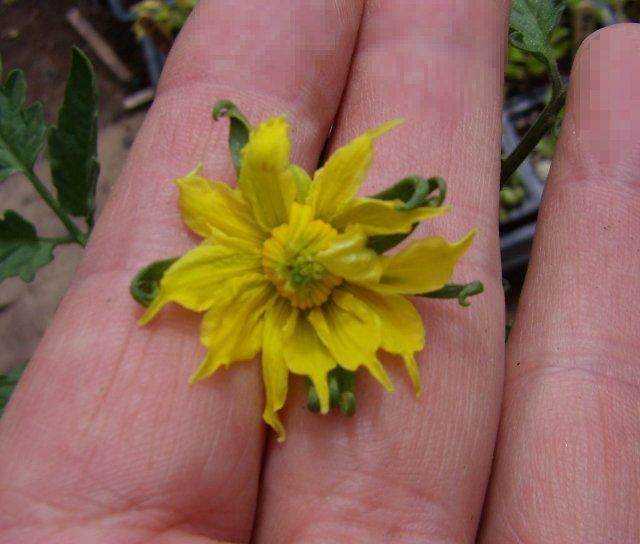

 3
3




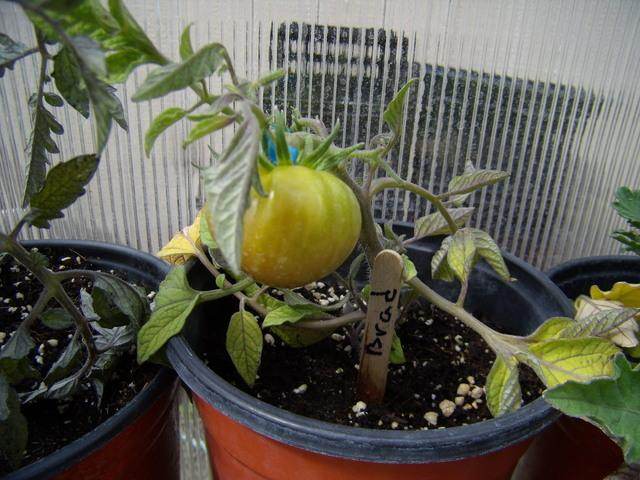
 2
2




“The most important decision we make is whether we believe we live in a friendly or hostile universe.”― Albert Einstein

 2
2





 3
3








Joseph Lofthouse wrote:
I just tasted a fruit from LA1777, Solanum habrochaites, one of the wild tomato species that I am using for this project. The fruit had fallen off the plant, so I figured that it was ripe. It's color was white with a light greenish/yellowish stripes. It was not sweet. There were no harsh tastes. Not bitter. Not tart. Not emetic. Slight overtones of subtle flavor. Just a bland fruit. Not much going on to please a primates palate, nor to displease it.











“The most important decision we make is whether we believe we live in a friendly or hostile universe.”― Albert Einstein

 3
3




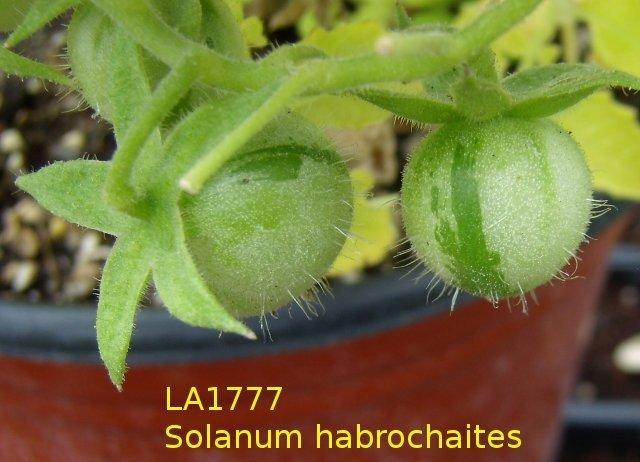

 1
1






 2
2





 6
6





 4
4




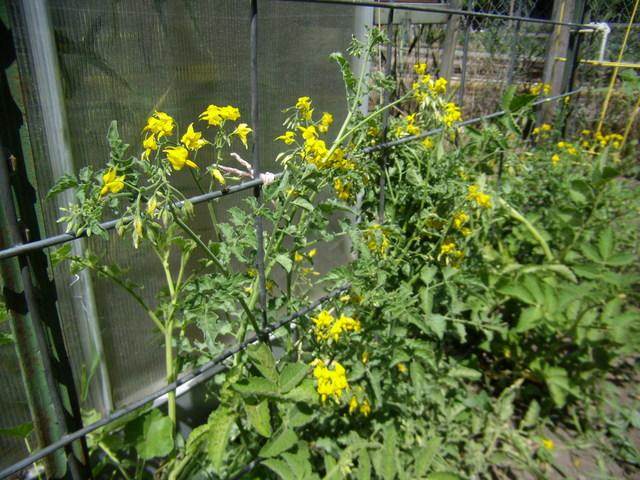

 4
4




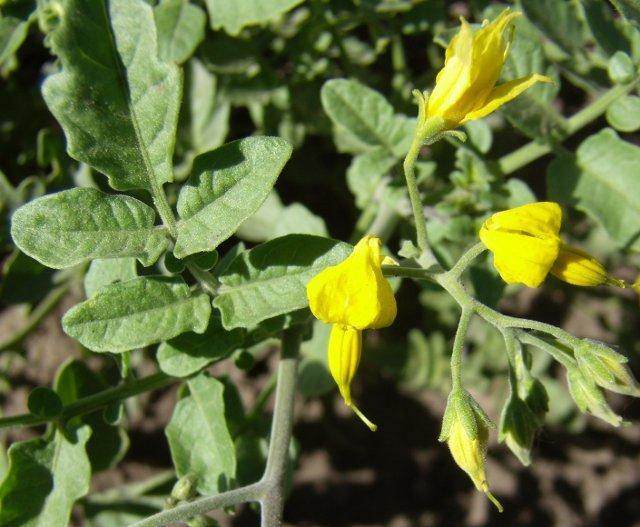

|
Oh sure, it's a tiny ad, but under the right circumstances, it gets bigger.
Rocket Mass Heater Resources Wiki
https://permies.com/w/rmh-resources
|







